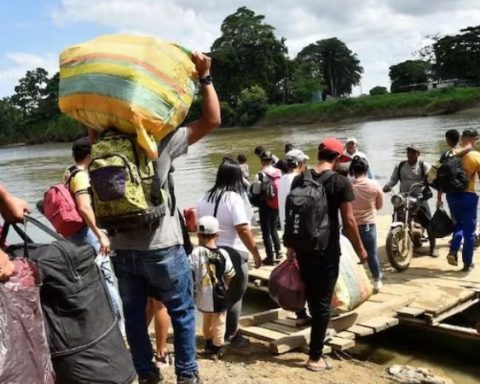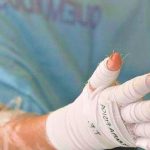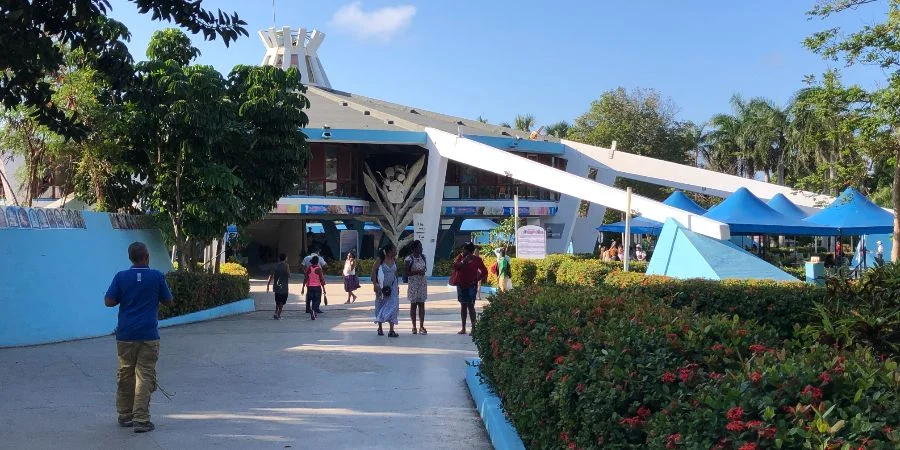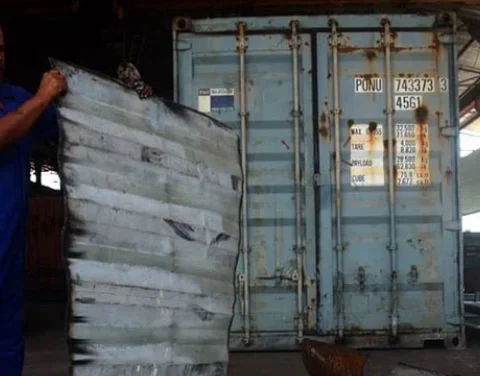Access to health in Colombia continues to present multiple challenges, and the figures collected by the Colombian Foundation of Leukemia and Lymphoma, through its Sebas platform, They reveal a worrying panorama.
(See: Cancer in A. Latina: A challenge between late diagnosis and equity in treatment)
During the year 2024, 471 barriers to access health services were recorded by 244 patients with diseases such as leukemia, lymphoma and multiple myeloma. This increase, of 49.5% compared to the previous year, exposes the deterioration in the provision of medical services, significantly affecting these patients.
The most reported difficulties include Inopportance in the delivery of medicines with 206 cases, delays in the allocation of medical appointments with 82 barriers and the delay in the authorization of procedures with about 101.
(Also read: Colorectal cancer: disease that increases among young people)
A particularly alarming fact is that, while in 2022 more than 80% of the cases were resolved in a maximum of five days, Currently some patients must face up to four attempts in the process to achieve effective access to treatments.
One of the most relevant findings of the report indicates that Patients diagnosed with acute leukemias and lymphomas were the ones with the greatest frequency of barriers.
“It is striking that patients with acute leukemia have had the greatest frequency of access barriers, because being patients who require intrahospital management, their authorization and access processes worked better than for other patients. This shows the generalized deterioration of the health system“, is warned in the report.
(See more: 74% of cancer caregivers have intense overload levels)
Cancer
Istock
For its part, Yolima Méndez, president of the Colombian Foundation of Leukemia and Lymphoma, stressed that the implications of access barriers for this type of patients are negative, taking into account that these diseases are characterized, especially cancer, cancer, for a rapid progression that require timely attention.
(See more: Lung cancer, early diagnosis as a key to saving lives)
“A patient, for example, with acute leukemia, which is a rather serious disease of rap have complications. It adds not to have adequate management and control of your disease, which could also have a higher risk of relapse in case you have previously achieved a favorable response to treatment”Méndez explained.
However, it should be noted that the president of the Foundation stressed that the situation that has motivated the increase in the barriers faced by these patients It is the current crisis that the Colombian health system is experiencing, specifically definance.
“We are facing a very serious de -financing crisis, which is exacerbated every day. This directly affects the patient, because if IPS, which are hospitals and clinics, do not receive the resources they need for their operation, they will not be able to respond to the needs of patients”He said.
(Read: Cornell researchers identify the origin of more aggressive ovarian cancer)

Cancer
Istock
Growth in barriers
Analyzing the data at the geographical level, it was found that most reports come from Bogotá and Cundinamarca, Although 30% correspond to patients from different regions of the country, which suggests that the deficiencies in care are not exclusive to the main cities.
(See: Incidence of cancer in Colombia could be reduced with greater prevention)
As for affiliation regimes, a homogenization of difficulties has been evidenced, since, unlike previous years, there is no significant gap between the contributory and subsidized regime. In fact, 134 patients from the contributory regime reported 250 barriers, indicating that the same patient can face multiple obstacles in their care process.
The time that patients take for help is another worrying problem that stands out from the foundation. According to the report, On the time 35 days pass from the identification of the barrier until the affected party decides to go to Sebas. However, once they make the application, 59.77% of cases are resolved in a maximum of five days, demonstrating that the support system works effectively, although it cannot compensate for delays and structural deficiencies.
(Read: A new study reveals advances in the treatment of cervical cancer)

Cancer
Istock
Difficulties in medical care are not limited to access to medicines. The document highlights other problems such as Delays in the programming of physical therapies, delivery of nutritional supplements and difficulties in access to vaccines.
(See more: Cancer survival has increased 20% in recent years)
In addition, patients with chronic myeloid leukemia face an additional barrier and is the lack of availability of two essential therapies Because the Invima has not issued the new sanitary record. “These patients have had to accept change to generic therapies and those who did not have a good response to these, request change of therapy,” they say.
The analysis of the relationship between EPS and access barriers is also revealing. Although the data may be biased by the IPS with which Funcolombiana works, the report indicates that the intervened EPS maintain the highest levels of access barriers. “The intervention has only brought greater access problems for patients“, Highlights the document, questioning the effectiveness of control measures on these entities.
(Read: Silent threat, chemical substances in packaging that are a risk of breast cancer)

Cancer
Istock
Approaches to the Government
On the other hand, according to Yolina Méndez, although there have been approaches with the government, this is an administration that has not had an opening to the difference with those actors who disagree with health reformwhich is close to debate in plenary of the Chamber.
(See also: The 4 infections that are common, but could cause cancer)
“That has closed us many doors. In some spaces they have heard us, but they have never really heard with the interest of reaching consensus, to put on the table those things that concern us about the care of patients and try to build a better health system for the Colombians”, He concluded.
















